Description
What is T-PAL Peek Cage?
T-PAL Peek Cage is a medical implant used in spinal surgeries. It is a cage-shaped device made of polyetheretherketone (PEEK), a biocompatible thermoplastic polymer material that is known for its high strength and radiolucency.
The cage is designed to be inserted into the intervertebral space of the spine to provide stability and support, and to promote fusion between adjacent vertebrae.
T-PAL Peek Cage is typically used in anterior cervical discectomy and fusion (ACDF) procedures, which involve removing a damaged disc in the neck and replacing it with the cage and bone graft to promote fusion.
What is the material of T-PAL Peek Cage?
T-PAL Peek Cage is made of polyether ether ketone (PEEK) material. PEEK is a high-performance thermoplastic polymer that is biocompatible and has excellent mechanical properties similar to bone. It is widely used in medical implants, including spinal cages, because of its strength, durability, and radiolucency, which allows it to be seen on imaging scans.
What are the types of T-PAL Peek Cage?
T-PAL Peek Cage is a type of spinal fusion device used in spinal surgeries to replace a damaged or removed intervertebral disc. There are different types of T-PAL Peek Cage that vary in size, shape, and features, depending on the specific needs of the patient and the surgical approach used by the surgeon. Here are some of the common types of T-PAL Peek Cage:
- T-PAL Peek Cage with a straight profile: This type of cage has a straight profile and is used in spinal surgeries where a simple intervertebral disc replacement is required.
- T-PAL Peek Cage with lordosis: This type of cage has a curved profile that mimics the natural curvature of the spine. It is used in spinal surgeries where the surgeon needs to restore the normal spinal alignment and improve the patient’s posture.
- T-PAL Peek Cage with titanium endplates: This type of cage has titanium endplates that provide additional stability and support to the vertebral bodies. It is used in spinal surgeries where the surgeon needs to fuse the adjacent vertebrae to prevent further spinal instability.
- T-PAL Peek Cage with integrated screws: This type of cage has integrated screws that help anchor the cage to the adjacent vertebrae, providing additional stability and support. It is used in spinal surgeries where the surgeon needs to stabilize the spine and prevent further movement of the vertebral bodies.
- Expandable T-PAL Peek Cage: This type of cage can be expanded in situ to fill the entire intervertebral space, providing maximum support and stability. It is used in spinal surgeries where the surgeon needs to reconstruct a severely damaged or collapsed intervertebral disc.

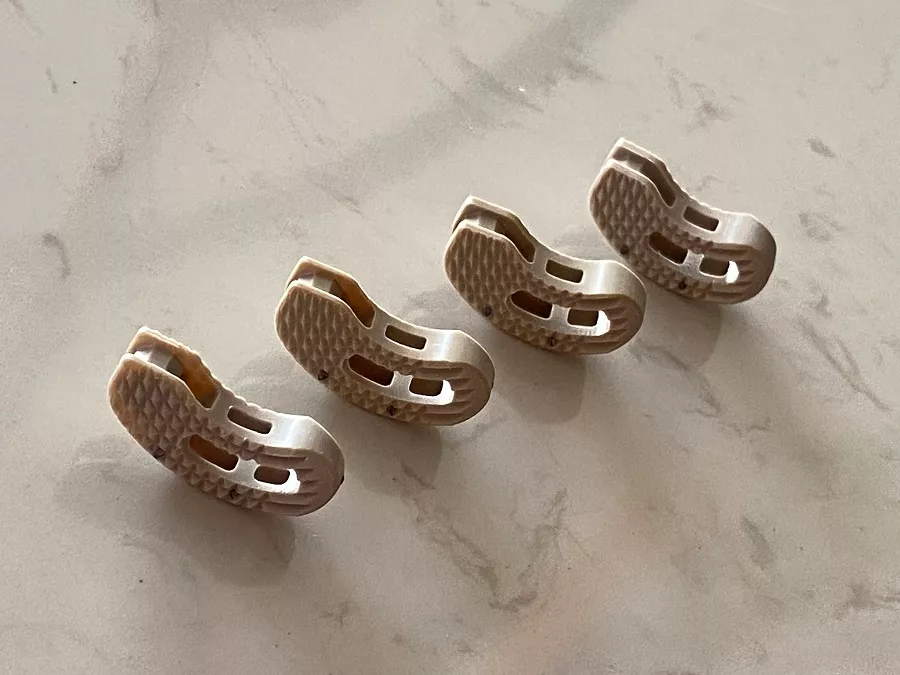
How to use T-PAL Peek Cage?
T-PAL Peek Cage is used in spinal fusion surgeries to replace a damaged or removed intervertebral disc. Here are the general steps involved in using a T-PAL Peek Cage:
- Preoperative preparation: Before the surgery, the patient will undergo preoperative preparation, which may include imaging tests to determine the extent of damage to the spine and the size of the T-PAL Peek Cage required.
- Exposure: The surgeon will make an incision in the back and retract the muscles and tissues to expose the damaged intervertebral disc.
- Disc removal: The surgeon will remove the damaged or diseased intervertebral disc and prepare the adjacent vertebral bodies for insertion of the T-PAL Peek Cage.
- T-PAL Peek Cage insertion: The surgeon will select the appropriate size and type of T-PAL Peek Cage and insert it into the intervertebral space between the adjacent vertebrae. The cage may be filled with bone graft material to promote fusion between the vertebral bodies.
- Closure: The surgeon will close the incision and place the patient in a brace to immobilize the spine during the initial healing period.
- Postoperative care: The patient will require close monitoring during the postoperative period, which may include physical therapy and rehabilitation to help restore mobility and strength to the spine.
It is important to note that the specific steps involved in using a T-PAL Peek Cage may vary depending on the patient’s individual needs and the surgical approach used by the surgeon. Patients should consult with their surgeon for detailed information on the specific surgical procedure and postoperative care plan.
What are T-PAL Peek Cage used for?
T-PAL Peek Cage is a type of spinal fusion device that is used in spinal surgeries to replace a damaged or removed intervertebral disc. The T-PAL Peek Cage is designed to provide support and stability to the vertebral column and promote fusion between the adjacent vertebrae. Here are some of the conditions for which T-PAL Peek Cage may be used:
- Degenerative disc disease: This is a condition in which the intervertebral disc loses its cushioning and shock-absorbing properties, leading to back pain, stiffness, and reduced mobility. T-PAL Peek Cage can be used to replace the damaged disc and restore spinal stability.
- Herniated disc: This is a condition in which the inner core of the intervertebral disc protrudes through the outer ring, causing nerve compression and pain. T-PAL Peek Cage can be used to remove the damaged disc and provide support to the adjacent vertebrae.
- Spinal stenosis: This is a condition in which the spinal canal narrows, putting pressure on the spinal cord and nerves. T-PAL Peek Cage can be used to decompress the spinal canal and stabilize the adjacent vertebrae.
- Spondylolisthesis: This is a condition in which one vertebra slips out of alignment with the adjacent vertebra, causing spinal instability and nerve compression. T-PAL Peek Cage can be used to realign the vertebrae and provide support to the spine.

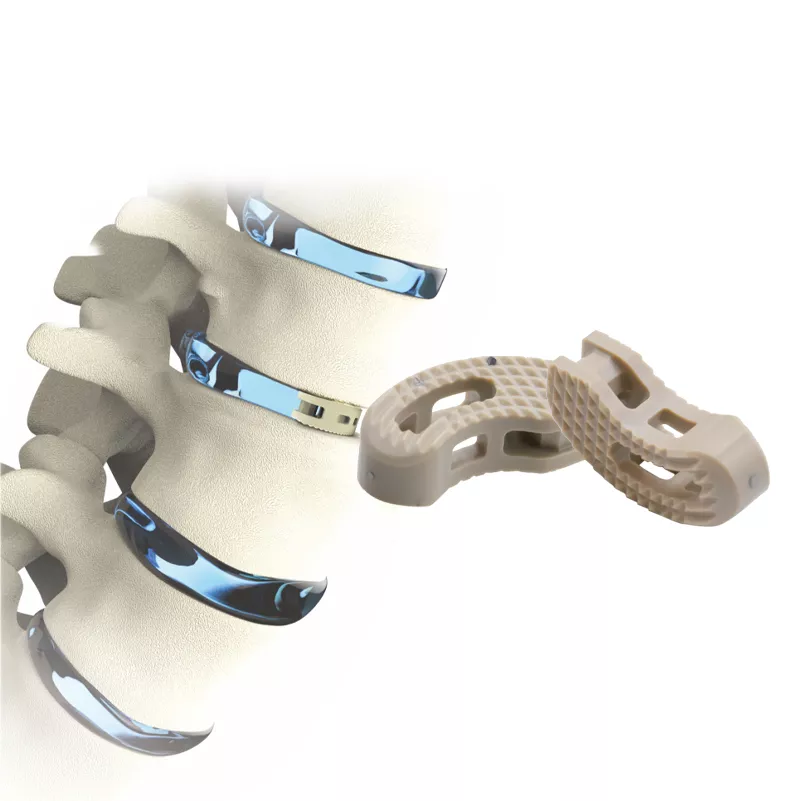
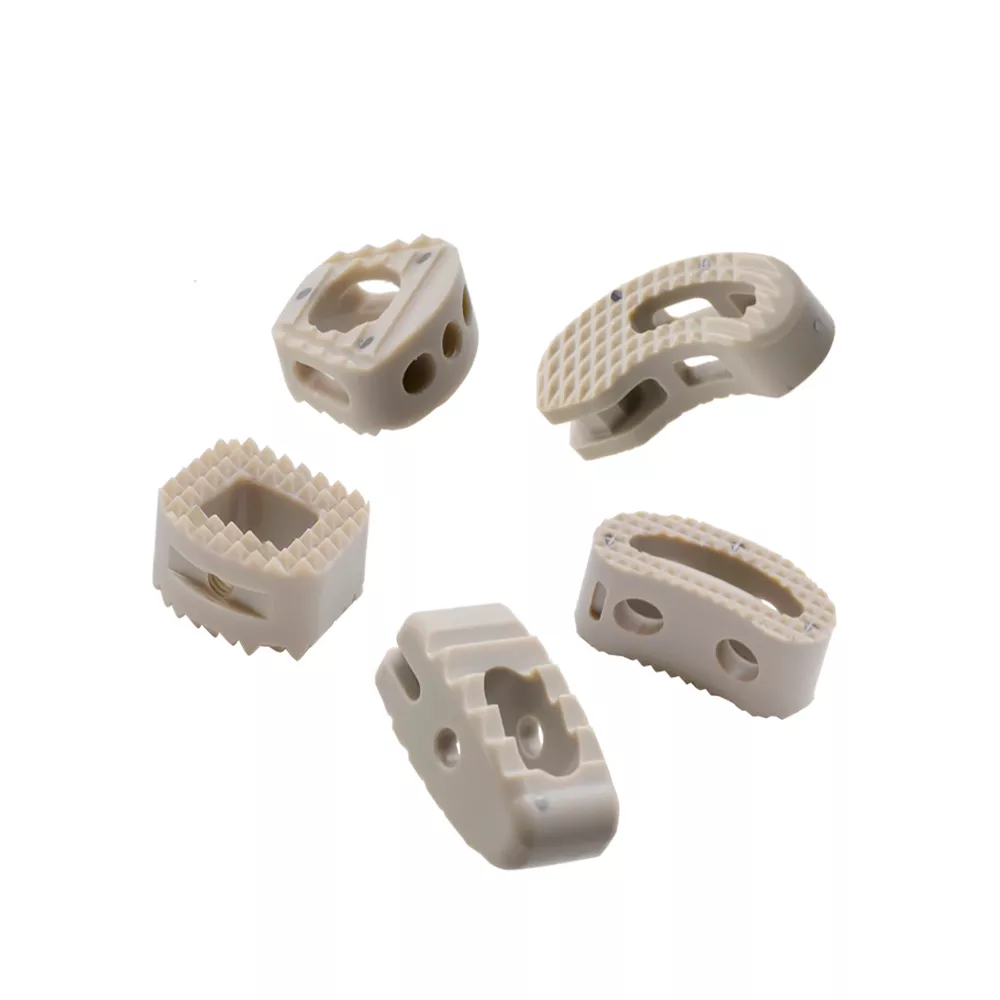
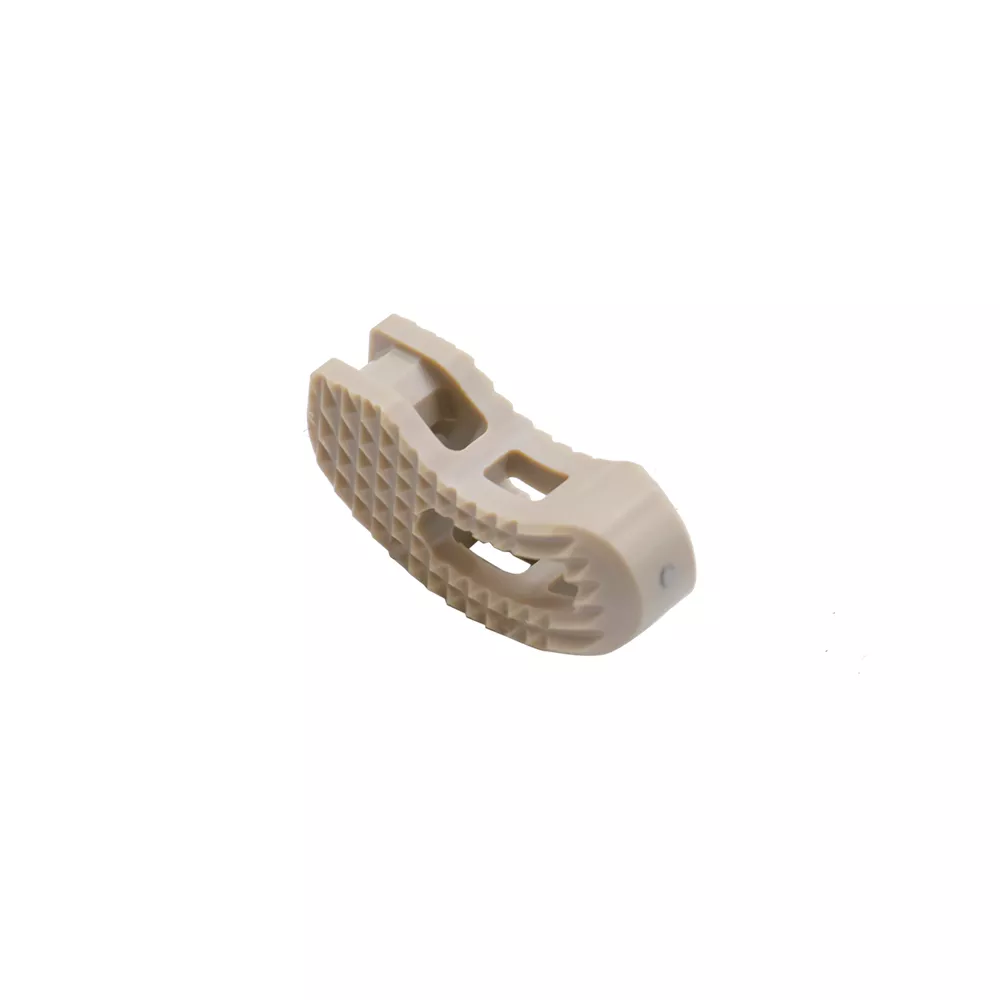
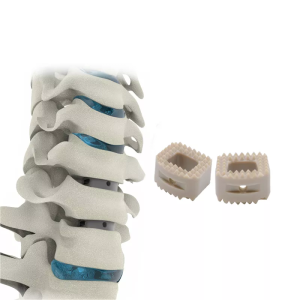
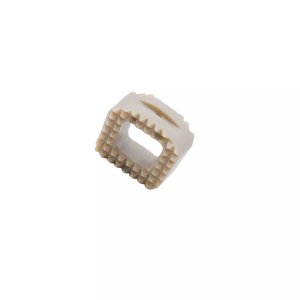
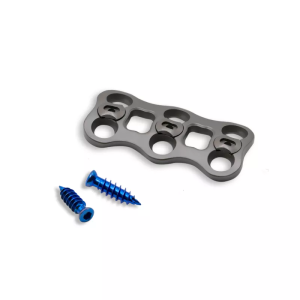

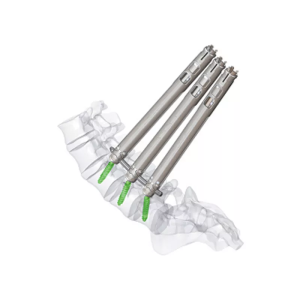
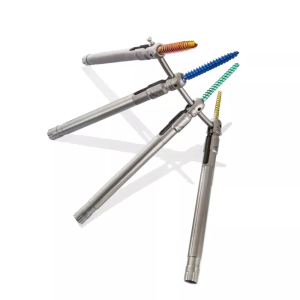
Reviews
There are no reviews yet.